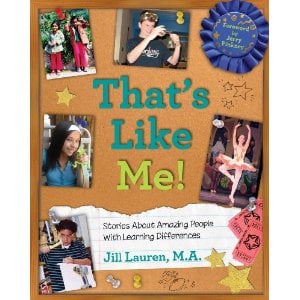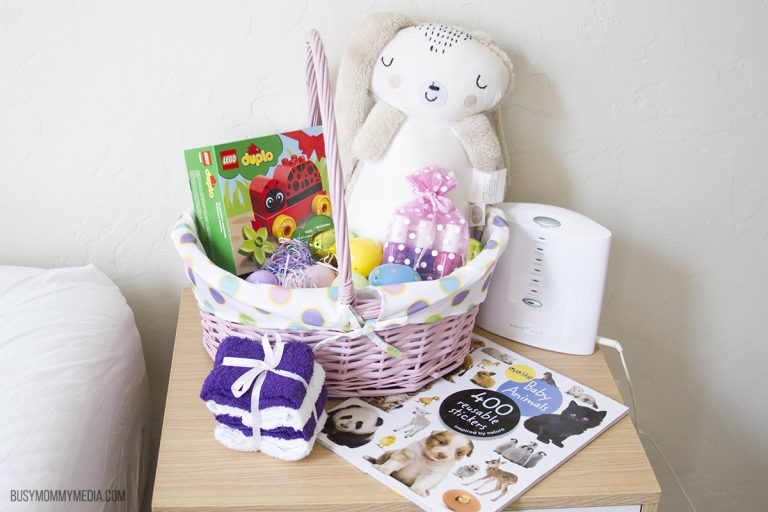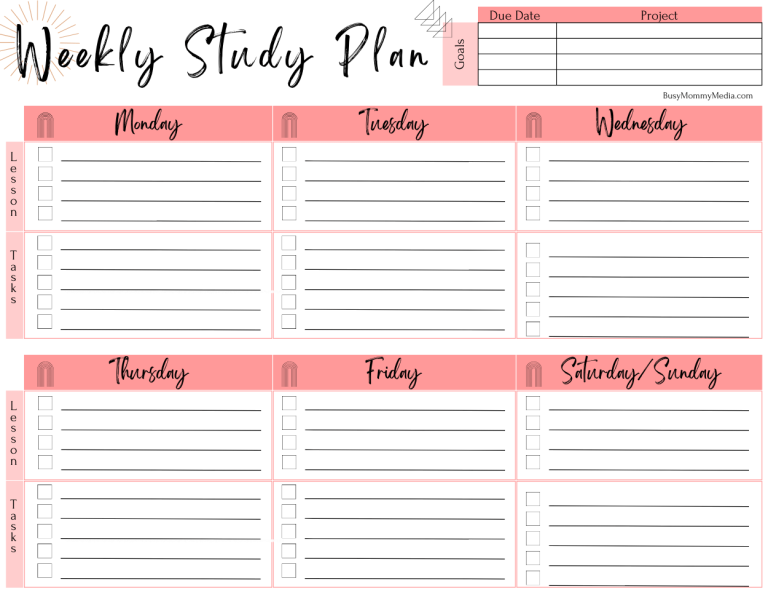Teaching Last Name Recognition
 Young children are often excited to learn how to write their first names, as doing so is one of the initial rites of passage that signifies “growing up.” Writing last names is typically not given the same attention at home, and children will usually learn to do this later in school. Yet, when children enter pre-school or kindergarten, they may already be asked to recognize their full names on cubbies or chairs. It would be helpful, therefore, for children to enter a formal school setting fully prepared with the ability to identify both their first and last names.
Young children are often excited to learn how to write their first names, as doing so is one of the initial rites of passage that signifies “growing up.” Writing last names is typically not given the same attention at home, and children will usually learn to do this later in school. Yet, when children enter pre-school or kindergarten, they may already be asked to recognize their full names on cubbies or chairs. It would be helpful, therefore, for children to enter a formal school setting fully prepared with the ability to identify both their first and last names.
To teach your child how to do so, follow these steps:
1. Print your child’s last name in large letters on a card. Only the first letter should be capitalized. Then, choose a song that is familiar to your child, and use the tune to sing the names of the letters of his or her last name. Music is a catchy way to help kids remember a string of non-meaningful bits of information, such as letter names. Next, have your child sing the song and point to the letters of the last name on the card one by one while singing. The activity is now multi-sensory, which is one of the most powerful ways to learn.
2. After you think your child is comfortable singing the letters of his last name, write his full name on a card (with just the first letters in capital). Write a completely different name on a second card. Turn both cards over and play “Find Your Name.” (You can personalize the game by calling it your child’s name, such as “The Jill Lauren Name Game.”) Use a completely different name on the second card to ensure initial success.
3. After a round or two with the two cards, write a third card with the same first name as your child’s, but a different last name. Add it to the pile. Before turning over all three cards to play “Find Your Name,” make sure that your child can recognize her last name by saying, “Point to ______” (your child’s last name.) If the child cannot recognize her last name, ask her to find the two cards with her first name. Then ask her to sing the song associated with her last name; the song should help her find the correct card.
4. Turn the three cards over and start to play. Add a fourth and fifth card (with the same first name and differing last names) to make the game more challenging.
5. Most importantly, have fun. One additional playful activity involves putting your child’s first and last name on his bedroom door. Tell your child that you’re going to surprise him every now and then by changing one of the names. If your child can tell you when the name is changed, he can “win” a sticker. This final activity helps children learn to pay attention to changes in their environment, while also providing an opportunity to view their full names on a repeated basis.
One final benefit of completing these activities is that when it is finally time for your child to learn how to write his or her last name (in addition to recognizing it), the letter sequence should already be known – unless, of course, it is a super long last name, in which case the child is typically taught to break down and write the name in smaller parts.
Learning Specialist and Author (Succeeding with LD; That’s Like Me!)
New York City
Photo by woodleywonderworks





